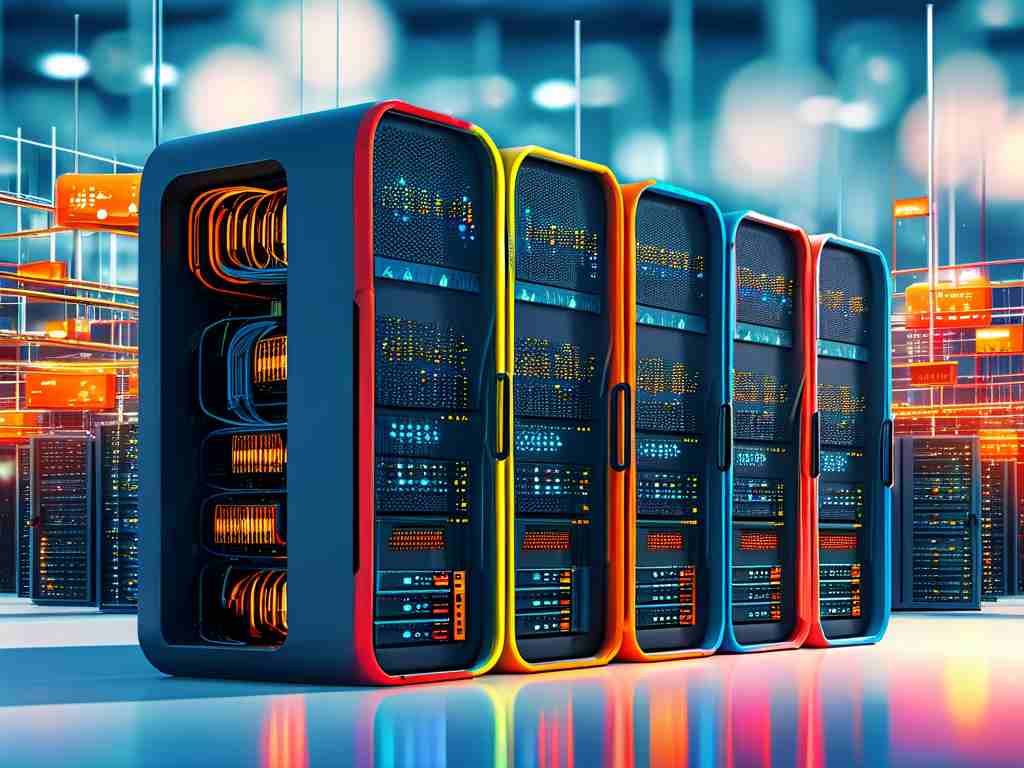The evolution of enterprise computing has ushered in a paradigm shift with distributed hyper-converged infrastructure (dHCI) emerging as a cornerstone for modern data centers. Unlike traditional siloed architectures, this approach integrates compute, storage, and networking into a unified system while distributing resources across multiple nodes. This article explores the architectural blueprint of dHCI, its operational advantages, and real-world use cases, supported by technical snippets to illustrate its implementation.

The Foundation of Distributed Hyper-Converged Systems
At its core, a distributed hyper-converged architecture eliminates hardware dependencies by virtualizing resources through software-defined layers. Each node in the cluster operates autonomously yet collaborates seamlessly to ensure workload distribution and fault tolerance. For instance, a typical deployment might involve Kubernetes orchestrating containerized applications alongside hyper-converged storage solutions like Ceph or VMware vSAN.
A simplified code snippet below demonstrates how resource allocation can be managed in such an environment:
def allocate_resources(node_cluster, workload):
for node in node_cluster:
if node.check_capacity(workload):
node.deploy(workload)
break
return "Workload distributed across optimal node."
This logic ensures workloads are dynamically placed based on real-time node capacity, a hallmark of dHCI’s efficiency.
Key Advantages Over Traditional Models
- Scalability: Organizations can incrementally add nodes without disrupting operations. A retail company, for example, might scale storage during peak shopping seasons by integrating additional nodes within hours.
- Cost Efficiency: By consolidating hardware and reducing reliance on specialized appliances, enterprises report up to 40% lower capital expenditures.
- Resilience: Data replication across nodes minimizes downtime risks. If one node fails, workloads automatically reroute to healthy counterparts.
Case studies highlight these benefits. A healthcare provider achieved 99.999% uptime after migrating patient records to a dHCI setup, while a fintech firm reduced latency by 30% through decentralized data processing.
Implementation Challenges and Solutions
Despite its merits, deploying dHCI requires addressing complexities like network latency and consistency. Engineers often employ edge computing strategies to localize data processing or adopt consensus algorithms like Raft for synchronization. For example:
# Using Raft for cluster consensus RAFT_LEADER_ELECTION_TIMEOUT=150ms RAFT_HEARTBEAT_INTERVAL=50ms
Such configurations ensure nodes remain synchronized even in high-latency environments.
Future Trends and Industry Adoption
The integration of AI-driven resource optimization is poised to redefine dHCI. Machine learning models can predict traffic spikes and pre-allocate resources, as shown in this conceptual snippet:
function predictiveScaling(historicalData) {
const forecast = MLModel.predict(historicalData);
forecast.forEach(peak => autoProvisionNodes(peak.timestamp));
}
Industries like telecommunications and autonomous vehicles are early adopters, leveraging dHCI to handle massive IoT data streams and real-time analytics.
Distributed hyper-converged infrastructure represents more than a technological upgrade—it’s a strategic enabler for agile, future-proof enterprises. By blending scalability with resilience, organizations can navigate evolving IT demands while maintaining operational simplicity. As the architecture matures, its role in edge computing, hybrid clouds, and AI-driven ecosystems will undoubtedly expand, solidifying its position as the backbone of next-generation data centers.









